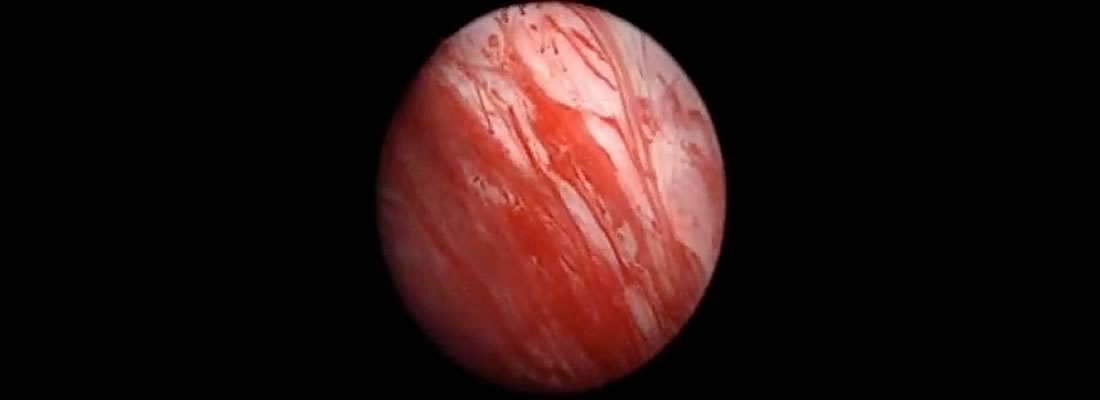As we’ve discussed in earlier issues of the IC Optimist, many clinicians and researchers around the world now believe that there are distinct variations and/or subtypes in the IC patient population. While there is considerable debate of proposed subtyping systems, most agree that the roughly 10% of patients who struggle with Hunner’s lesions have a distinct bladder disease that differentiates them from the vast majority of currently diagnosed IC/BPS patients. Patients with Hunner’s lesions have significantly lower bladder capacity and their biopsy results show profound inflammation NOT found in patients without Hunner’s lesions.
At September’s International Continence Society meeting (Tokyo, Japan), Dr. Christopher Payne (Vista Urology, San Jose CA) argued “If we were starting over today”, he said, “we would never combine ulcerative interstitial cystitis with Bladder Pain Syndrome. Ulcerative interstitial cystitis is its own specific disease.” (1) He, and other key researchers, argue that that it has been unfair to the Hunner’s lesion patient community to combine these two distinct patient populations, compromising not only research studies but also patient care. He continued “If we separate it out and research it independently we can treat it successfully and maybe find a cure.”
In Europe, only patients with Hunner’s lesions are diagnosed with “interstitial cystitis”. The great majority of patients are diagnosed with “Bladder Pain Syndrome.” This begs the question ‘What exactly is bladder pain syndrome?”
Dr. Payne offered:
Most patients diagnosed with IC/BPS actually have Bladder Pain Syndrome. The key word is SYNDROME. There is an underlying assumption that this is a disorder of the bladder and is due to chronic inflammation. Both assumptions are generally false and bladder-centric treatments have poor response…. It is abundantly clear that BPS (without Hunner’s lesion) is most commonly a complex phenotype of neuromuscular-psychosocial disorder. Other BPS phenotypes that may be explored include neuropathies (pudendal and other), allergy driven BPS and systemic pain.(4)
He vehemently argues that applying a general treatment algorithm to this diverse patient population is both ineffective and, perhaps, meaningless. He said “Treatment must be individualized to the particular patient’s disease.” Dr. Yuko Homma of Japan agreed. He said “We should not treat the patients as a single entity because of similar symptoms.”
In 2015, Dr. Payne proposed a five point subtyping system to create customized treatment plans for patients that has worked remarkably well in our ICN wellness coaching sessions.(3) You can expect much more discussion about potential subtypes of IC/BPS in the coming year.
Hunner’s lesions should be considered a separate disease from IC/BPS. It is, perhaps, the only true “bladder disease” under the collective title “IC/BPS.” A 2015 research study linked lesions to a rare viral infection (polyoma BK) of the bladder wall.(4) These patients need specialized care and their own unique research studies. Thankfully, they have one very promising treatment currently in development. Early results for the LiRIS device shared this Fall showed a reduction in the number and size of lesions.(5)
References:
- Meijlink, J. Review of the 46th Annual Meeting of the ICS. International Painful Bladder Foundation. Accessed: 11/4/16 – http://www.painfulbladder.org/pdf/2016_ICS_Tokyo.pdf
- Osborne J. The New Paradigm for IC & Pelvic Pain: Do you know your phenotype? IC Optimist. Summer 2015. p5-9
- Payne C. ICS 2016 Meeting In Tokyo, Japan. Vista Urology News. September 13, 2016.
- Van der Aa F, et al. Polyomavirus BK–a potential new therapeutic target for painful bladder syndrome/interstitial cystitis? Med Hypotheses. 2014 Sep;83(3):317-20.
- Krader, C. Device efficacious for treating IC with Hunner’s lesions. Urology Times. October 2, 2016

